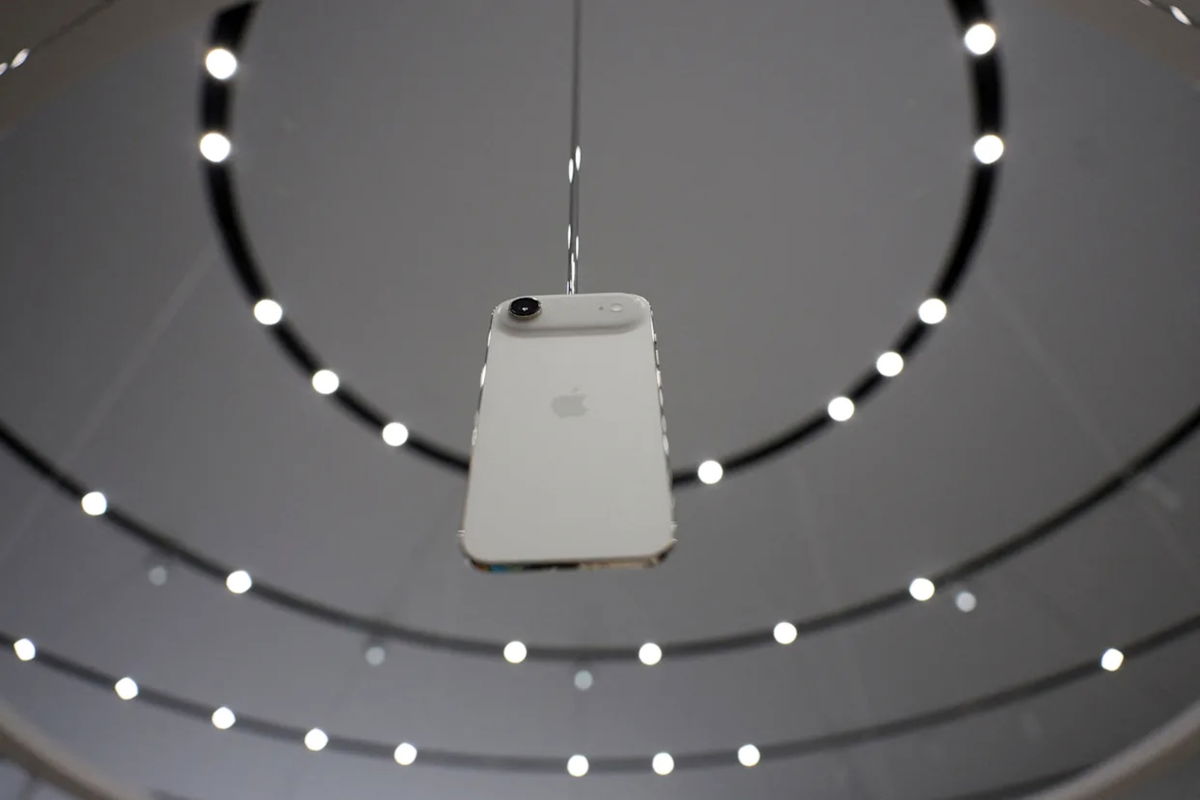how can? calculate age person? Because of his appearance? On a cognitive level? Because of the way he behaves? In fact, all of this may have something to do with age, but there is also an important subjective component that varies greatly from person to person. Instead of this epigenetic clock These are very objective and accurate measures of aging. Or so we believed, because new research suggests that to be truly accurate, we’ll have to measure them several times a day.
This study initially focuses on one individual. This may seem like a bad idea. We are very accustomed to understanding the importance of conducting studies with large numbers of participants. The bigger, the better. Nevertheless, This case is a slight exceptionas focusing on one individual has allowed for a much better understanding of how the epigenetic clock works.
This does not mean that there is no need to repeat the experiment with more participants. In fact, they already exist. But we cannot ignore the advantages of the methodology used by these scientists with Vilnius Universityin Lithuania.
What is an epigenetic clock?
Before talking about the changes they experience throughout the day, it is important to clearly understand what the epigenetic clock is.
Almost all cells in the body have same DNA sequence. It can be thought of as a book of instructions that tells us who we are and what we need to stay alive. For example, our genetic material tells us what color our eyes will be and also instructs our pancreas to produce insulin when needed. The insulin synthesis gene is present in all cells, but only HE include in pancreatic cells, since they are the only ones that need it. This is what is known as gene expression. But this gene expression doesn’t just happen in specific places. This also happens at a specific time. For example, when there is a lot of glucose in the blood, more insulin will be needed, so insulin synthesis should be actively stimulated.
This on and off switching is more or less programmed at our birth. However, as we get older and are exposed to different environments, changes will occur that affect how genes are expressed. That is, the DNA sequence remains the same, but the way those instructions are used changes. This is what is known as epigenetics.
Changes in turning genes on or off occur through the placement of a number of molecules in the DNA that act as labels. There are very specific areas in which the number of modifications of this type can tell us how old a cell is. This is what is known as epigenetic clock.
Fluctuations throughout the day
To measure human aging at the molecular level, a blood sample is usually taken. After that DNA from blood cells and their epigenetic clocks are analyzed.
This is only done once a day, but could there be changes depending on the extraction time? To answer this question, the authors of a study just published in the journal Aging cell took samples 52 year old man every 3 hours, for a total of three full days. In this way, we could concretely see how human cells change. They focused on 17 known epigenetic clocks in the DNA of your white blood cells.
So they saw it in 13 of 17 epigenetic clocks samples younger These were the ones who were taken out in the morning. This molecular age increased at midday and then began to fall again until it reached a new low the next morning. There may be differences 5.5 years at different times of the day. Therefore, to calculate the aging of a patient, it is important to take several measurements per day.

Could there be restrictions?
However, this study appears to have two limitations. On the one hand, the fact that it is carried out only in a person and, on the other hand, the decision to analyze white blood cellsbecause they exist in different types and their epigenetic clocks cannot be synchronized.
However, these two limitations were addressed in the second part of the study. To address the first limitation, they had a small group of people from whom they took blood samples over a 5-hour period, so they also found differences. The same thing happened with leukocytes. They decided to repeat the experiment with one type of white blood cell and again saw that there were multiple epigenetic clocks that went up and down throughout the day.
Although we will have to study further, it seems, for some reason not entirely clear, we wake up younger and we grow old within a day. With the frustrations we experience many times throughout the day, the truth is that it’s not that strange.
Source: Hiper Textual













